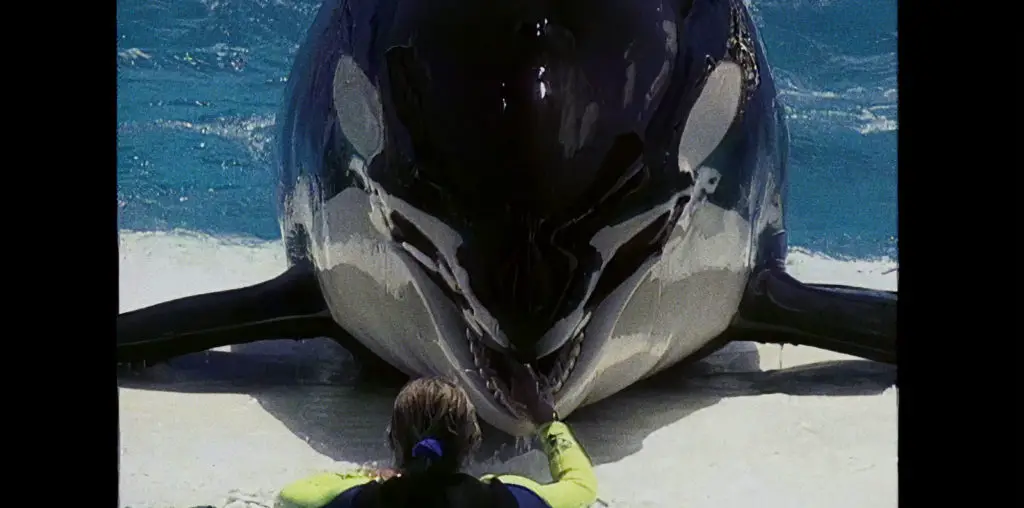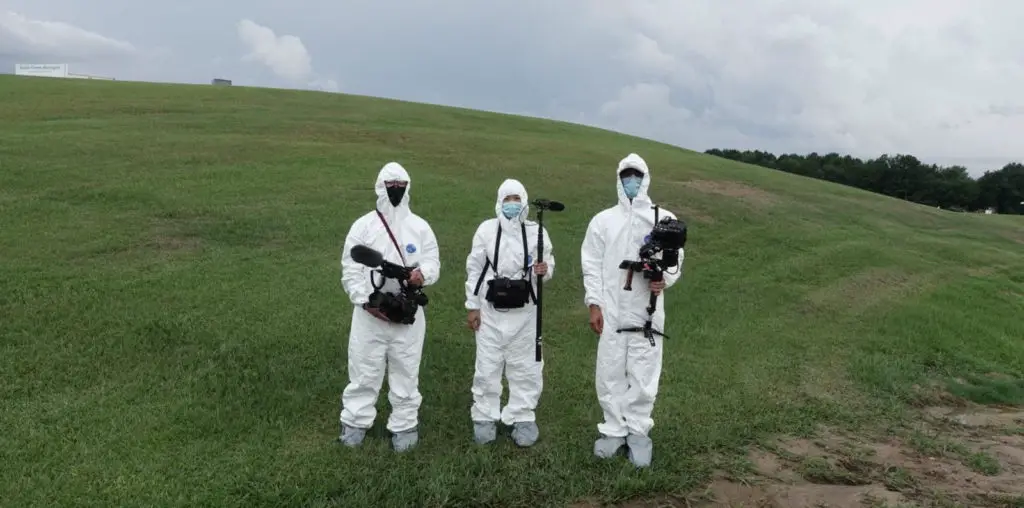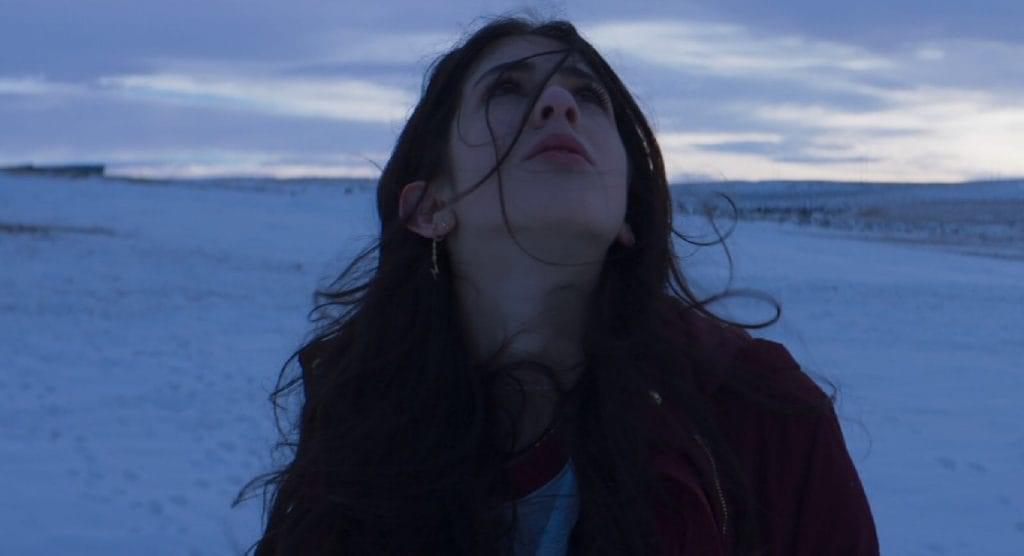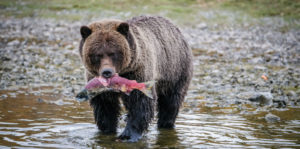
There is a delicate balance between nature and industry. One wants to believe the two can live in harmony for the sake of human innovation and evolution but does moving forward mean we unburden ourselves of the past? In Joy Haskell’s documentary, The Salmon’s Call, the fate of salmon is teetering in the balance as fish farms are starting to replace natural habitats.
The Salmon’s Call presents the deep, ancestral connection between wild salmon and the Indigenous peoples of British Columbia. The story is told through the experiences of Joy Haskell, a member of the Tl’azt’en Nation, and others reflecting on their memories and cultural bond with the salmon.
This relationship goes back many generations and centuries, with salmon viewed as sacred and essential to daily life and cultural heritage. We are introduced to traditional fishing practices like drying and smoking salmon and its broader cultural significance. Like many stories of the “old country,” the next generation of indigenous people have no interest in the practices of the past and would rather leave the tribes for a better life in the city.
Following the Sockeye salmon’s journey from the coast through inland rivers, The Salmon’s Call captures the beauty of British Columbia’s landscapes and the salmon’s grueling migratory path. Underwater scenes reveal the salmon’s life cycle and its role in maintaining ecological balance.
However, the documentary also exposes environmental threats to the salmon population. The first is commercial fishing, which takes a significant portion of the salmon. Where Indigenous nets used to bring in hundreds of fish, now they only bring in dozens, steadily declining over time.
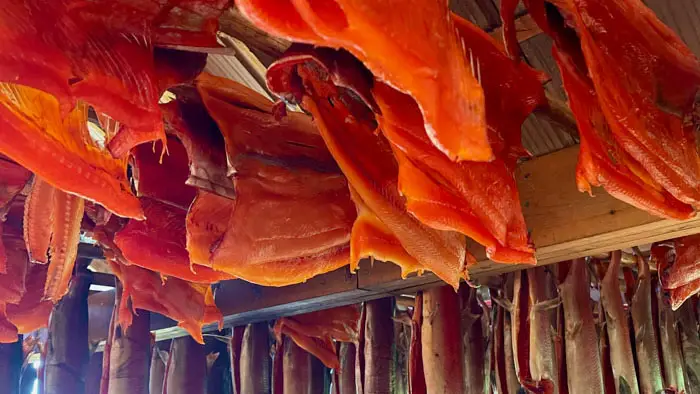
“…the fate of salmon is teetering in the balance as fish farms are starting to replace natural habitats.”
The other threat is corporate fish farms in prime locations along the coast. Because these farms raise Atlantic salmon, they wreak havoc on the Pacific salmon population by introducing diseases like parasites and sea lice. These challenges disrupt the ecosystem and endanger the survival of salmon, most heavily impacting Indigenous communities.
Issues aside, The Salmon’s Call is visually stunning as a documentary. It showcases breathtaking drone shots of the West Coast waters in British Columbia, capturing the Fraser River, the Chilcotin, the Stuart River (Nak’alkoh), and the Stuart Lake (Nak’albun), all nestled in the beauty of northern British Columbia. The underwater shots of the salmon are equally breathtaking.
The first half of the film expertly explores the culture and traditions of the Indigenous people of British Columbia. This lifestyle is attractive to anyone considering going off the grid and homesteading. The Salmon’s Call tells the story of people fighting to keep their heritage alive and from becoming an anthropological footnote.
Regarding the threat, The Salmon’s Call makes a good case that commercialism and factories are not how salmon should be raised, let alone mass-produced. Maybe nature had it right all along, and free salmon makes the best salmon.
The Salmon’s Call is a poignant tribute to a culture rooted in nature and a chilling warning about the delicate balance between commerce and ecology. It leaves us questioning our place in the natural order, suggesting that some traditions—like the free journey of wild salmon—should be preserved, not replaced. Visually stunning and culturally rich, this documentary is a powerful reminder that progress doesn’t always mean leaving the past behind.
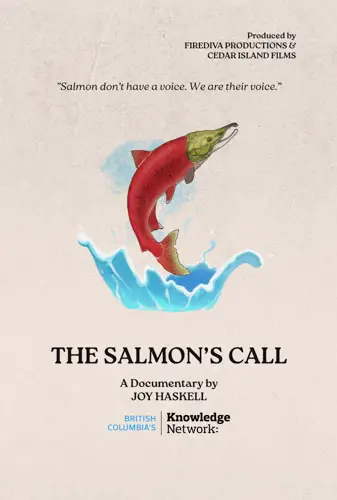
"…free salmon makes the best salmon."
